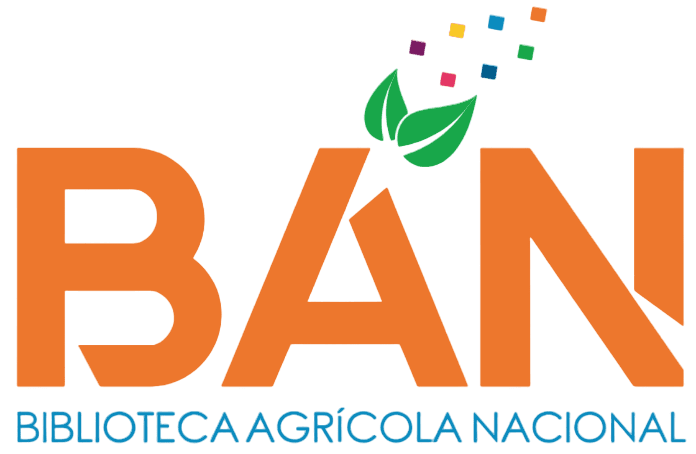Optimización de cargas de operación del sistema francés modificado, bajo condiciones de la costa peruana
| dc.contributor.advisor | Miglio Toledo de Rodriguez, Rosa María | |
| dc.contributor.author | La Torre Ramírez, Sheyla Katherine | |
| dc.date.accessioned | 2025-04-23T13:16:01Z | |
| dc.date.available | 2025-04-23T13:16:01Z | |
| dc.date.issued | 2025 | |
| dc.description | Universidad Nacional Agraria La Molina. Escuela de Posgrado. Maestría en Ciencias Ambientales | |
| dc.description.abstract | El objetivo del estudio fue determinar la carga hidráulica óptima de funcionamiento de un sistema francés adaptado a condiciones climáticas de costa peruana. Se realizaron dos ensayos: primero con una carga de diseño 0,25 m/d y posteriormente con 1 m/d. Cada carga fue aplicada durante doce semanas siendo alimentado desde un colector de alcantarillado municipal que atraviesa el campus de la Universidad Nacional Agraria La Molina. El sistema estuvo conformado por dos etapas: la primera, trató el agua residual cruda en una celda de 36 m² sembrada con Paragüitas (Cyperus alternifolius); y la segunda estuvo compuesta por dos humedales de flujo vertical sub-superficial de 30 m², uno con vegetación Paragüitas (Cyperus alternifolius), y el otro con Vetiver (Chrysopogon zizanioides). Se tomaron muestras de agua en el ingreso, en la salida de la primera etapa y en cada salida de la segunda etapa, obteniéndose los siguientes porcentajes de remoción: para la carga de 0,25 m/d, en la primera etapa, segunda etapa con paragüitas y segunda etapa con vetiver respectivamente: 91,9%, 92,9% y 95,5% para Demanda Química de Oxígeno (DQO) y 95,4%, 98,9% y 99,3% para Demanda Bioquímica de Oxígeno (DBO5). En el mismo orden para la carga de 1,00 m/d, se obtuvieron: 77,8%, 92,7% y 95,5% para DQO y 78,1%, 97,6% y 97,9% DBO5. Se observó diferencia de resultados comparando la primera etapa. Además, pudo remover coliformes termotolerantes y huevos de helmintos obteniendo valores superiores al 90%. Concluyendo que el sistema francés tiene potencial para ser aplicado en tratamientos descentralizados con condiciones climáticas de costa peruana ya que el clima fue favorable en la remoción de contaminantes logrando cumplir la normativa nacional vigente (Decreto Supremo N° 003-2010-MINAM). Además, la capa de lodo en la primera etapa logró estabilización con relación SV/ST menor a 60%, lo cual es una ventaja del sistema. | |
| dc.description.abstract | The objective of this study was to determine the optimum operating hydraulic load of a French system adapted to climatic conditions of the Peruvian coast. To achieve this, two trials were performed: first with a load design of 0,25 m/d and then with 1 m/d. Each load was applied over twelve weeks, with the system fed by a municipal sewer collector running through the campus of Universidad Nacional Agraria La Molina (UNALM). This system consists of two stages: the first treated raw wastewater in a cell of 36 m2 seeded with Paragüitas (Cyperus alternifolius), while the second stage consisted of two 30 m2 sub surface vertical flow wetlands—one with Paragüitas (Cyperus alternifolius), and the other with Vetiver (Chrysopohon zizanioides) as vegetation. Water samples were taken at the inlet, at the outlet of the first stage, and at the outlets of each wetland in the second stage. The following removal percentages were obtained: for the 0,25 m/d load, the first stage, second stage with Paragüitas and second stage with Vetiver had removal rates of 91,9%, 92,9% and 95,5% for Chemical Oxygen Demand (COD) and 95,5%, 98,9% and 99,3% for Biochemical Oxygen Demand (BOD5), respectively. For the 1,00 m/d load, the removal rates were 77,8%, 92,7% and 95,5% for COD, and 78,1%, 97,6% and 97,9% for BOD5, in the same order. Based on these results, a clear difference is observed when comparing the first stage. It is concluded that the French system has the potential to be applied in decentralized wastewater treatment with climatic conditions of the Peruvian coast, as the warm climate favored the efficiency of pollutant removal, ensuring compliance with current national regulations (Supreme Decree No. 003-2010-MINAM). Additionally, the sludge layer in the first stage achieved stabilization, with a SV/ST ratio of less than 60%, which represents an advantage of the system. | |
| dc.format | application/pdf | |
| dc.identifier.uri | https://hdl.handle.net/20.500.12996/7076 | |
| dc.language.iso | spa | |
| dc.publisher | Universidad Nacional Agraria La Molina | |
| dc.publisher.country | PE | |
| dc.rights | info:eu-repo/semantics/openAccess | |
| dc.rights.uri | https://creativecommons.org/licenses/by-nc-nd/4.0/ | |
| dc.subject | Humedal | |
| dc.subject.ocde | Pendiente | |
| dc.title | Optimización de cargas de operación del sistema francés modificado, bajo condiciones de la costa peruana | |
| dc.type | info:eu-repo/semantics/masterThesis | |
| dc.type.version | info:eu-repo/semantics/publishedVersion | |
| renati.advisor.dni | 07548510 | |
| renati.advisor.orcid | https://orcid.org/0000-0002-2214-2187 | |
| renati.author.dni | 73196554 | |
| renati.discipline | 521087 | |
| renati.juror | Flores del Pino de Wright, Lisveth Vilma | |
| renati.juror | Cavalcanti Cárdenas, Kenyi Glicerio | |
| renati.juror | Vela Cardich, Rosemary | |
| renati.level | https://purl.org/pe-repo/renati/level#maestro | |
| renati.type | https://purl.org/pe-repo/renati/type#tesis | |
| thesis.degree.discipline | Ciencias Ambientales | |
| thesis.degree.grantor | Universidad Nacional Agraria La Molina. Escuela de Posgrado | |
| thesis.degree.name | Magister Scientiae - Ciencias Ambientales |
Files
Original bundle
1 - 3 of 3
Loading...
- Name:
- la-torre-ramirez-sheyla-katherine.pdf
- Size:
- 11.08 MB
- Format:
- Adobe Portable Document Format
- Description:
- Texto completo

- Name:
- INFORME DE SIMILITUD.pdf
- Size:
- 10.96 MB
- Format:
- Adobe Portable Document Format
- Description:
- Informe originalidad

- Name:
- Formato de REPOSITORIO.pdf
- Size:
- 866.98 KB
- Format:
- Adobe Portable Document Format
- Description:
- Autorización
License bundle
1 - 1 of 1

- Name:
- license.txt
- Size:
- 1.63 KB
- Format:
- Item-specific license agreed upon to submission
- Description:

